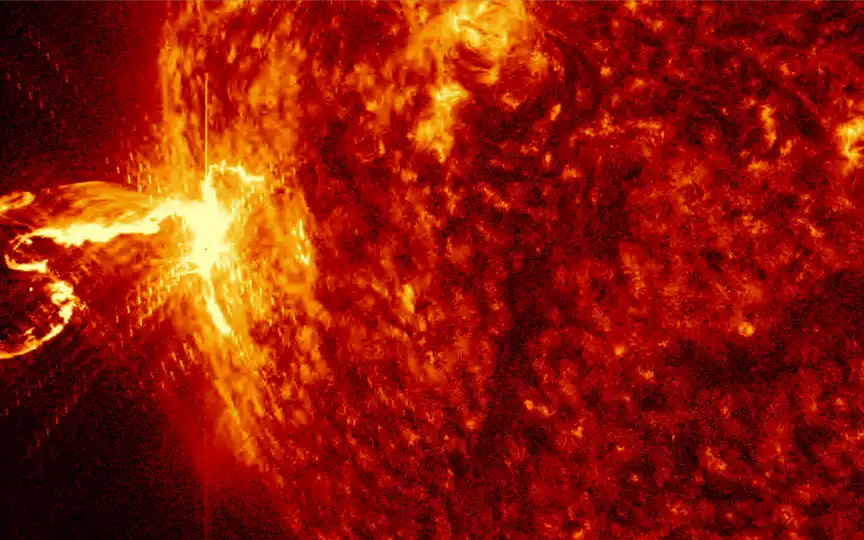Exploring the Closeness of Astronauts to the Sun
Is it possible for any manned spacecraft to come close to the Sun? NASA’s Parker Solar Probe has accomplished this feat by navigating through the Sun’s corona, gathering significant samples of particles and magnetic fields. This groundbreaking achievement marks a historic milestone for humanity. Nevertheless, approaching the Sun poses numerous obstacles, even for the Parker Solar Probe.
Cooling spacecraft is a challenge, but not insurmountable, as thermal protection has advanced considerably. Missions such as Bepi Colombo, Mercury, Parker Solar Probe and Solar Orbiter were very successful thanks to advanced cooling systems and highly reflective materials. Their survival in such harsh conditions was jeopardized that they send valuable information back to Earth.
Dangerous radiation
However, the biggest challenge is radiation. Radiation is a significant risk, and as we approach the solar maximum during the 11-year solar cycle that the sun goes through, it gets worse. According to the BBC’s SkyatNight magazine, astronauts in Earth’s orbit, which is so far from the Sun, can be exposed to lethal doses of radiation. Anyone outside the Earth’s protective magnetosphere can be exposed to lethal doses of radiation.
What do scientists do about risk?
When approaching the sun, the intensity of dangerous radiation increases significantly. So possible future missions to Mars may use spacecraft with water-filled walls that act as radiation shields, SkyNight says. Timing can also be decisive – the idea would be to go close to the Sun at solar minimum instead of solar maximum.
However, this is only an assumption, because living in space itself is still very dangerous.
So, what are the chances of a manned mission being shot towards the sun? Not gloomy at all. Unless, of course, there is a huge technological breakthrough that practically guarantees people a safe trip to places close to the Sun, such as Mercury or even closer.




